WBH Digest 2024-11-17: The Perennial Apocalypse
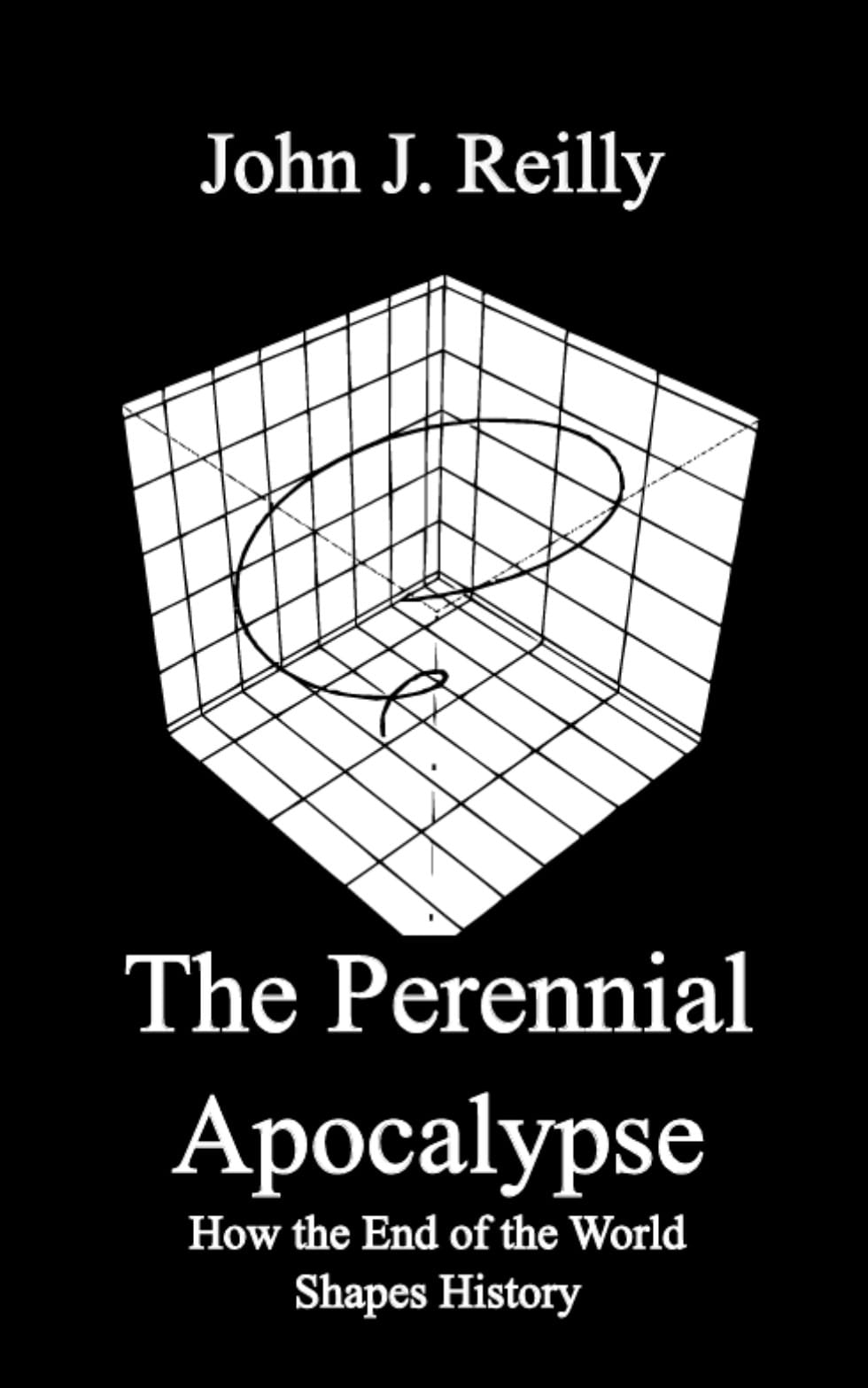
Today the With Both Hands digest returns with exciting news! I have re-released John J. Reilly's The Perennial Apocalypse! The book is available as a paperback and ebook on Amazon.
Those of you who are members of my mailing list also have access to free downloads of both Spengler's Future and The Perennial Apocalypse in ePub and PDF. So if you haven't signed up, now is a great time to do so!
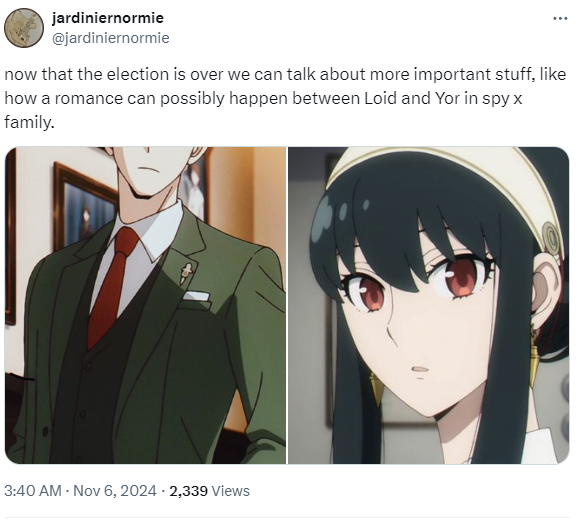
This is also a good time to return to my habit of discussing all of the interesting things I find, such as this speculation about how Spy x Family can wrap up in a thematically satisfying way.

The Mystery Flesh Pit is a great example of how to use social media to tell a story in a new and different way. Sure, you could just write a short story, or make a found-footage style movie, but this is an exploration of how to use social media as the medium itself, not just a vehicle for building hype for a product made in another way.
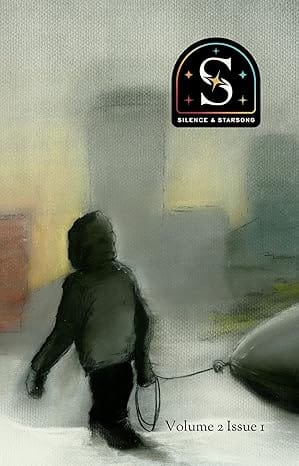
My critical essay on Isaac Asimov's Foundation was included in Silence & Starsong Volume 2 Issue 1. You can pre-order the magazine through Amazon. There are a ton of great contributors in this volume that I am happy to be included alongside.
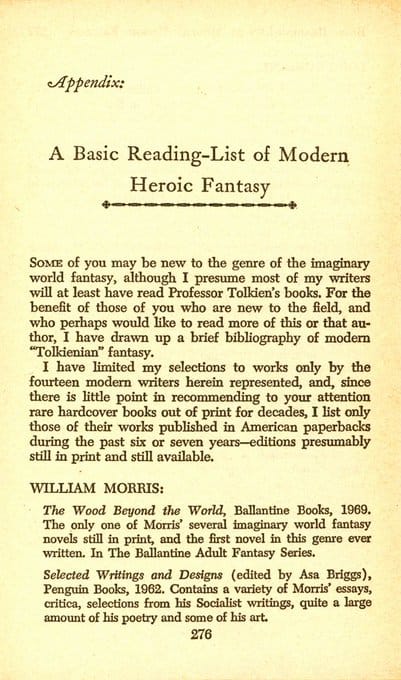
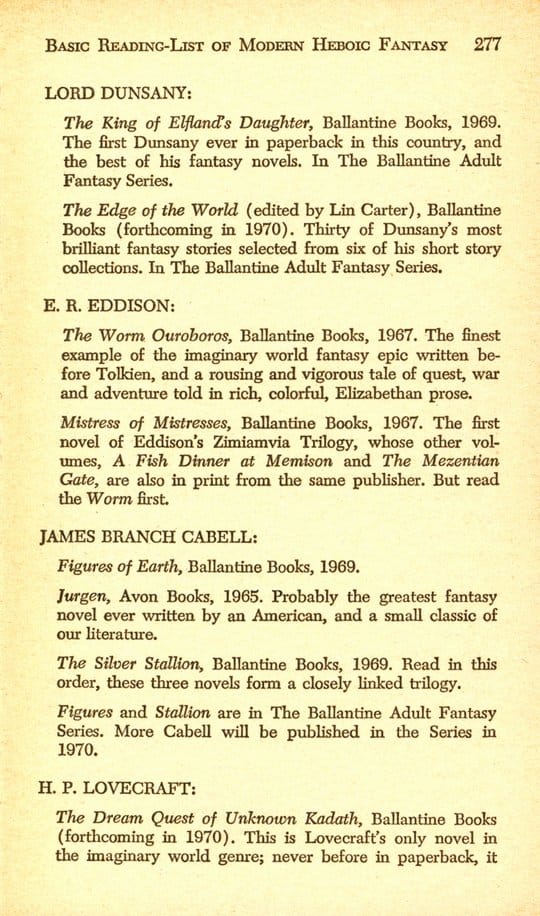
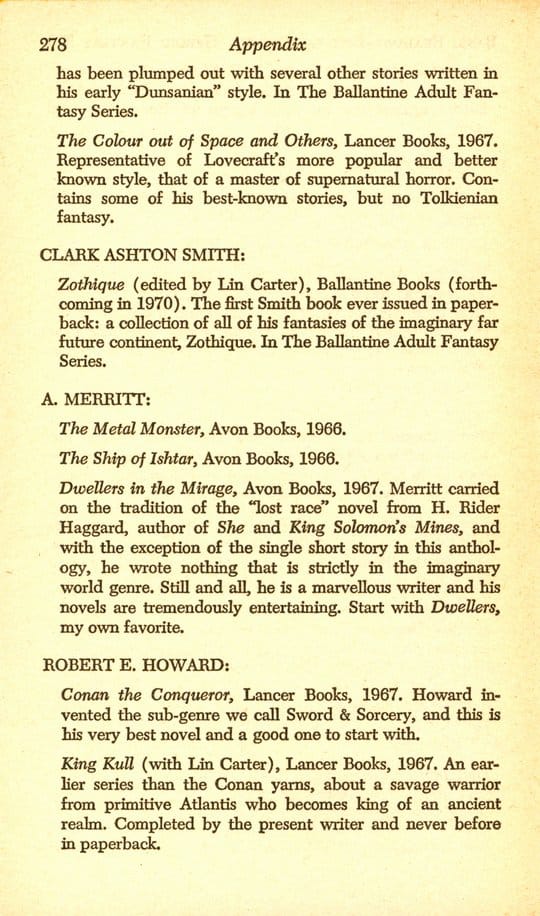
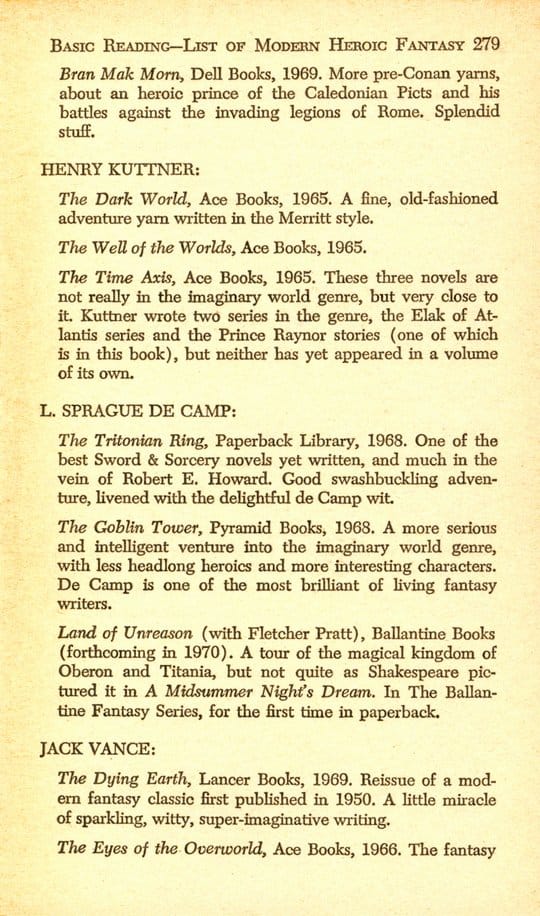
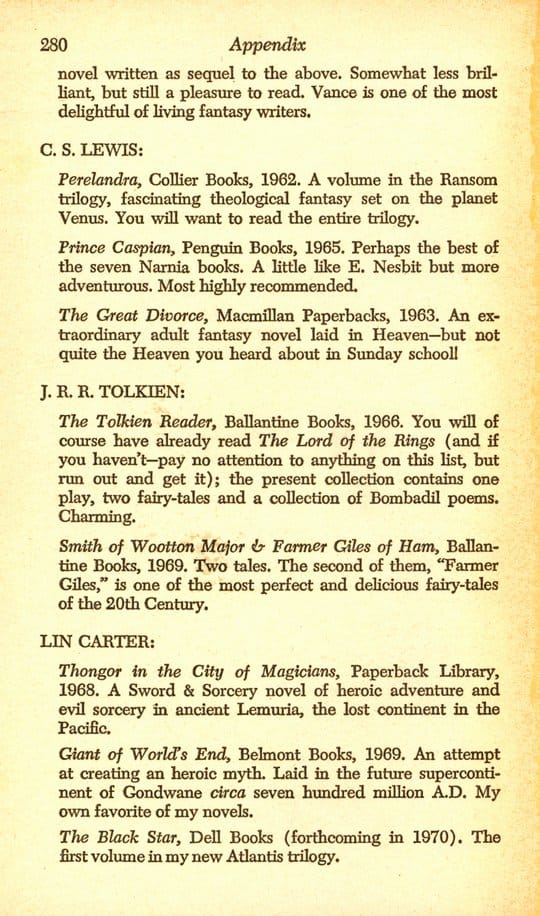
Via SFFAudio comes this list of Modern Heroic Fantasy compiled by Lin Carter in his collection The Young Magicians. I find this list fascinating insofar as Carter's stated intent was to give an overview of the field to people who liked the Lord of the Rings but otherwise were unfamiliar with other authors writing similar things.
And how different this list is from the works that followed Tolkien! Other than Howard, Lewis, and Lovecraft, almost everyone on this list is no longer well-known, and we're worse off for it.
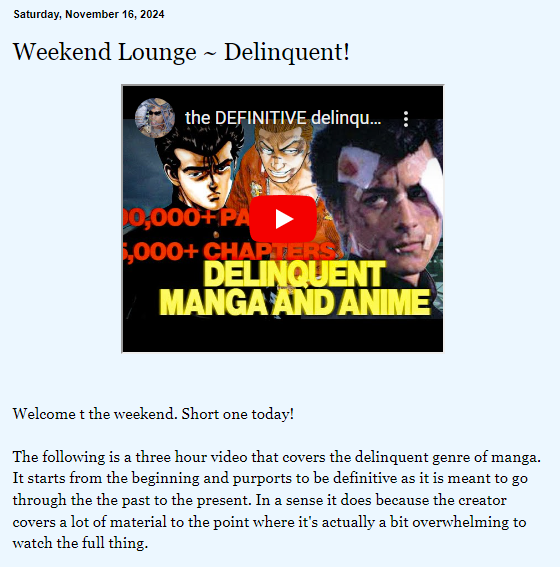
JD Cowan recommends that you take a fresh look at the delinquent genre:
You see much of the appeal of delinquent stories isn't from bad kids doing bad things but from teenagers learning what it means to live in a world that doesn't have much use for masculine behavior, leaving the young stranded and alienated on how they are supposed to fit in. This atomized feeling is that heart of the genre which then can lead in any direction: from the split between good and bad kids, to traveling down the wrong path, or even learning to channel that energy in a direction that benefits everyone.
JD also has a short story in Silence and Starsong Volume 2 Issue 1.

Onizuka is my favorite delinquent.
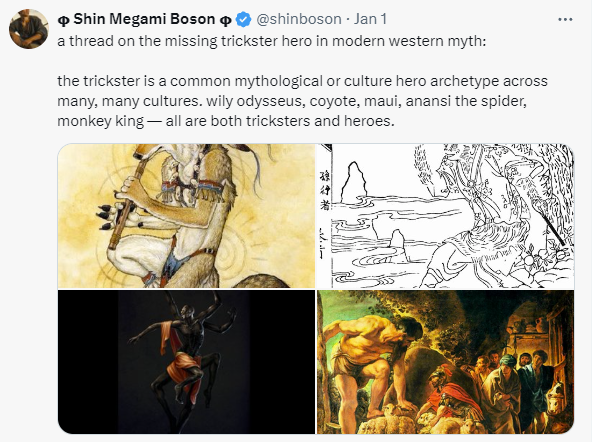
Delinquents can sometimes fall into the Trickster archetype, the class clown writ large. But the Trickster is of course bigger and more varied than this, as the thread illustrates.
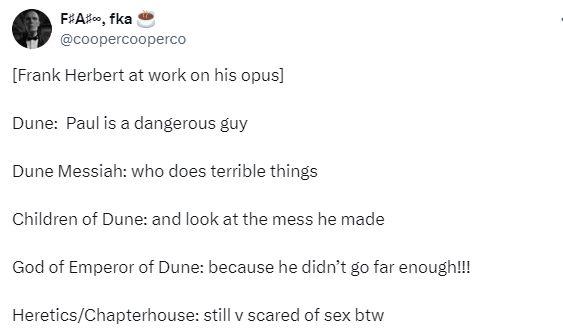
I'll get back to Dune at some point. This is a very sympathetic reading of Book 3, which is the most recent one I read. I think it could probably have just been a prologue to book 4.
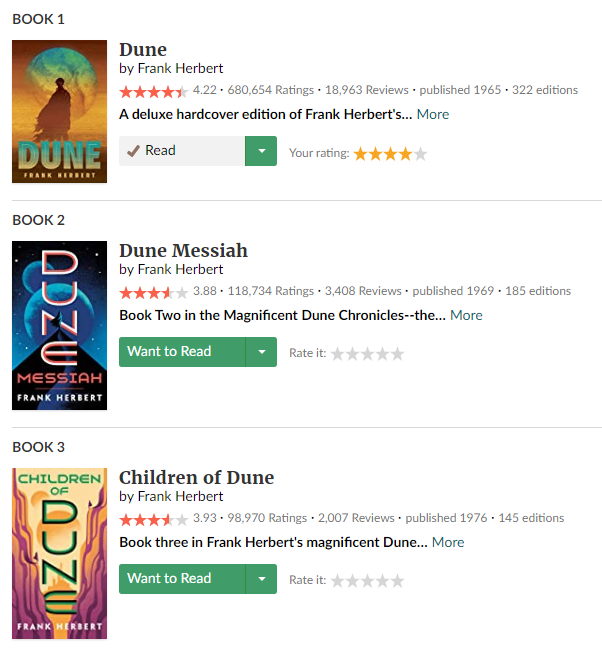
Looking back on my post analyzing Goodreads star ratings of Dune, I'm a little surprised that Children of Dune matches Dune: Messiah in star rating. I found Children of Dune to be far too long and boring to do what it needed to do, and I would not rate them similarly.
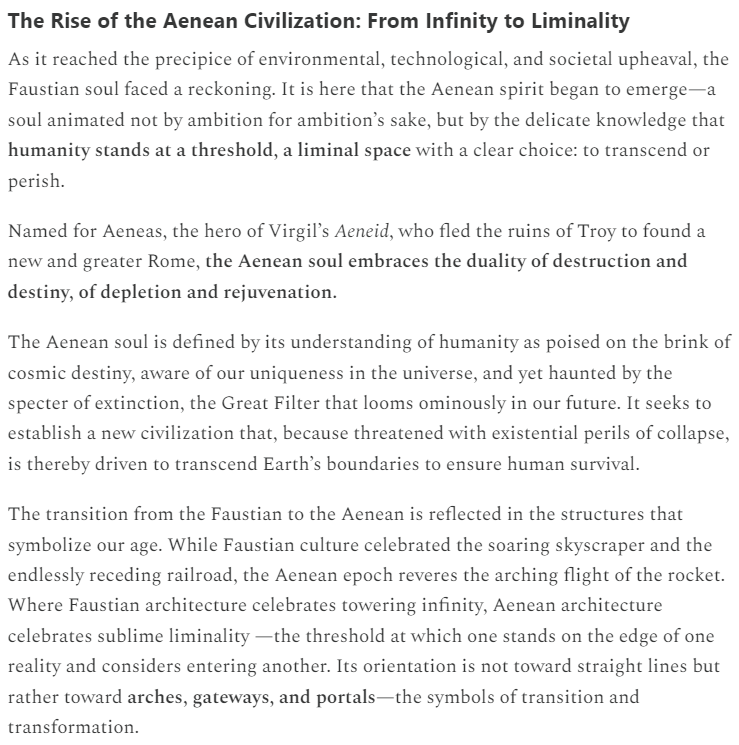
Alexander Macris speculates that there might be a new civilization aborning, the Aenean.

In his post on the Aenean soul, Macris noted that the symbol of Faustian Man is a straight line, and the mode of history is linear progress. This contrasts with the older substratum of the West, the Apollonian, which is symbolized by the circle. That part of our history envisioned history as a circle. The Aenean Man can be symbolized by a spiral, the combination of these two things.
Which is an idea you can also find in The Perennial Apocalypse, which is why I made this cover for it.
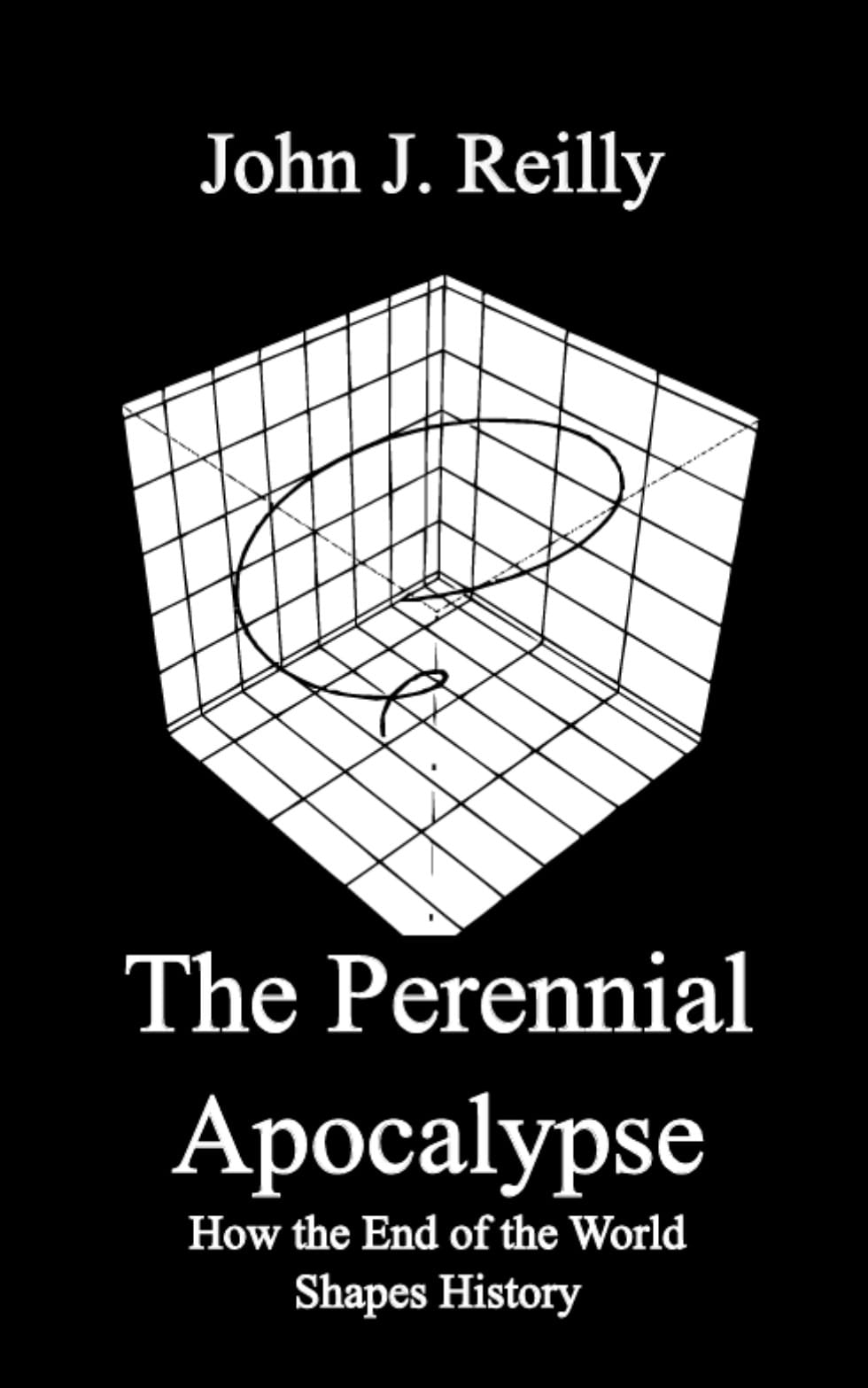
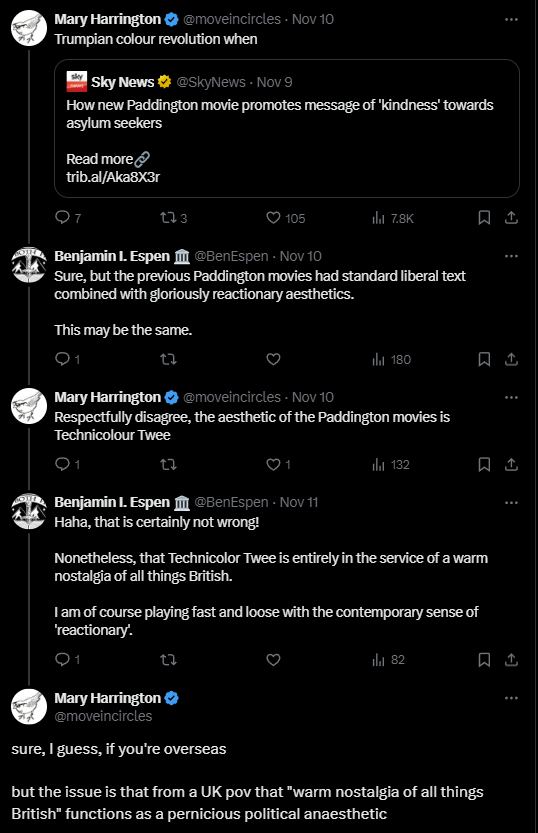
This week on X/Twitter I had a short discussion with Mary Harrington on the topic of nostalgia.
I was riffing on an idea from Niall Gooch about how a lot of recent popular shows and movies combine reactionary aesthetics with liberal or progressive text.
Mary's reply reminds me of the central role that nostalgia plays in the behavior of my own generation, Gen Y. JD Cowan's story in Silence and Starsong Volume 2 Issue 1 is an elaboration of the idea that nostalgia can be a trap and a soporific, and that the past needs to stay in the past lest you find yourself easy prey for the more cynical.
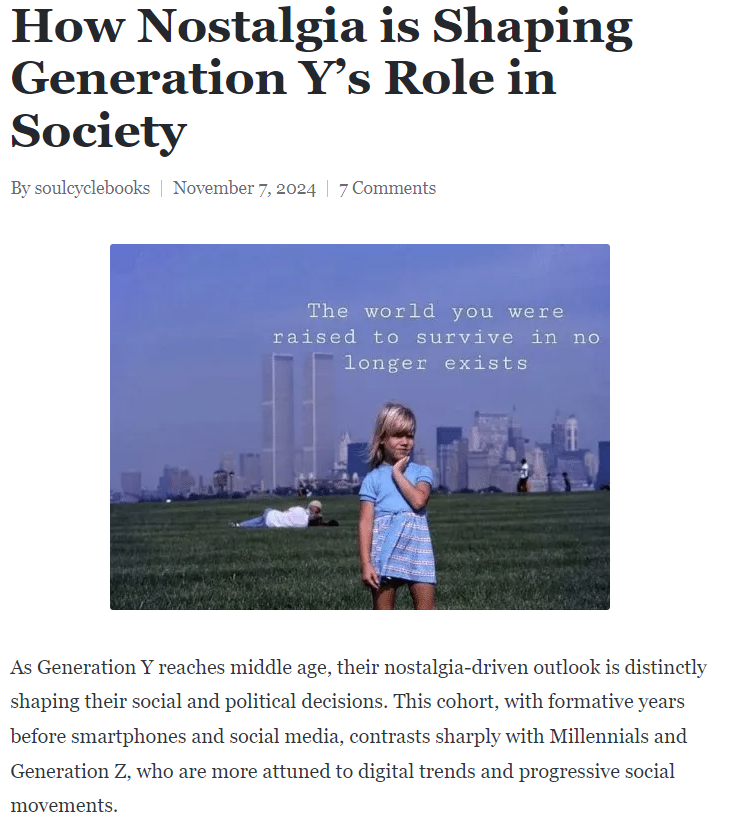
On the other hand, part of my position is informed by Brian Niemeier's recent post on how in the United States at least, Gen Y's nostalgia balances out social media driven cultural shifts among younger cohorts.
That's it for this installment. Don't forget to sign up for my newsletter to get your copy of The Perennial Apocalypse.
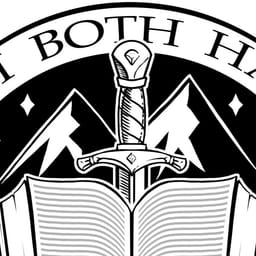
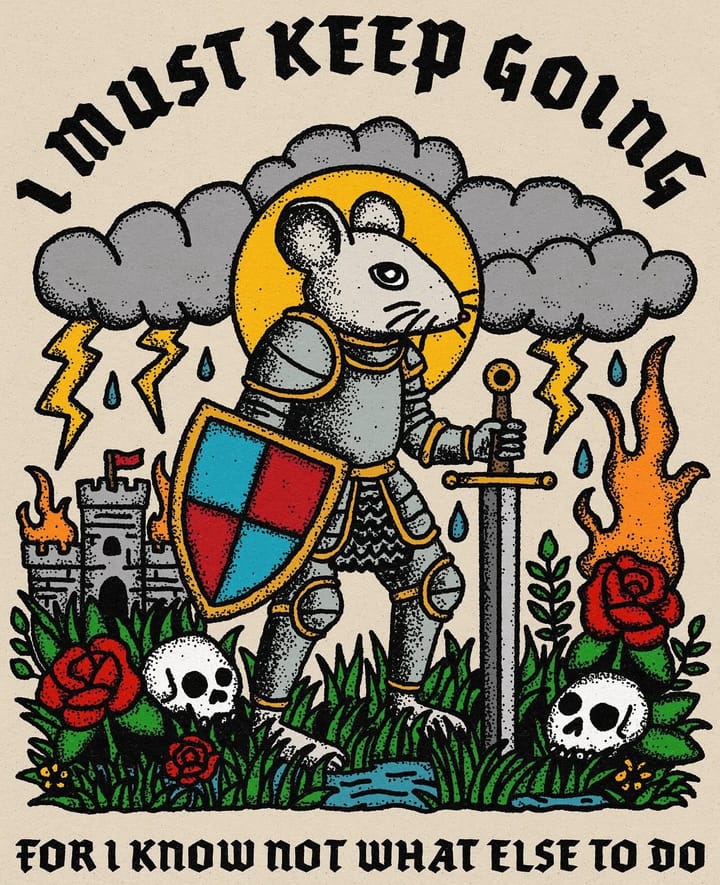
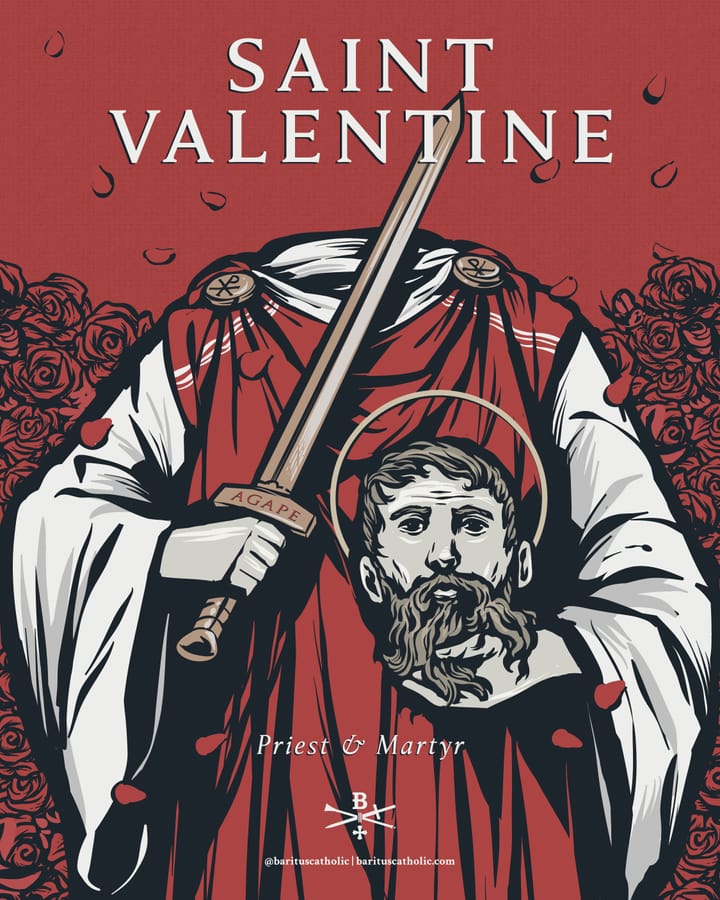

Comments ()